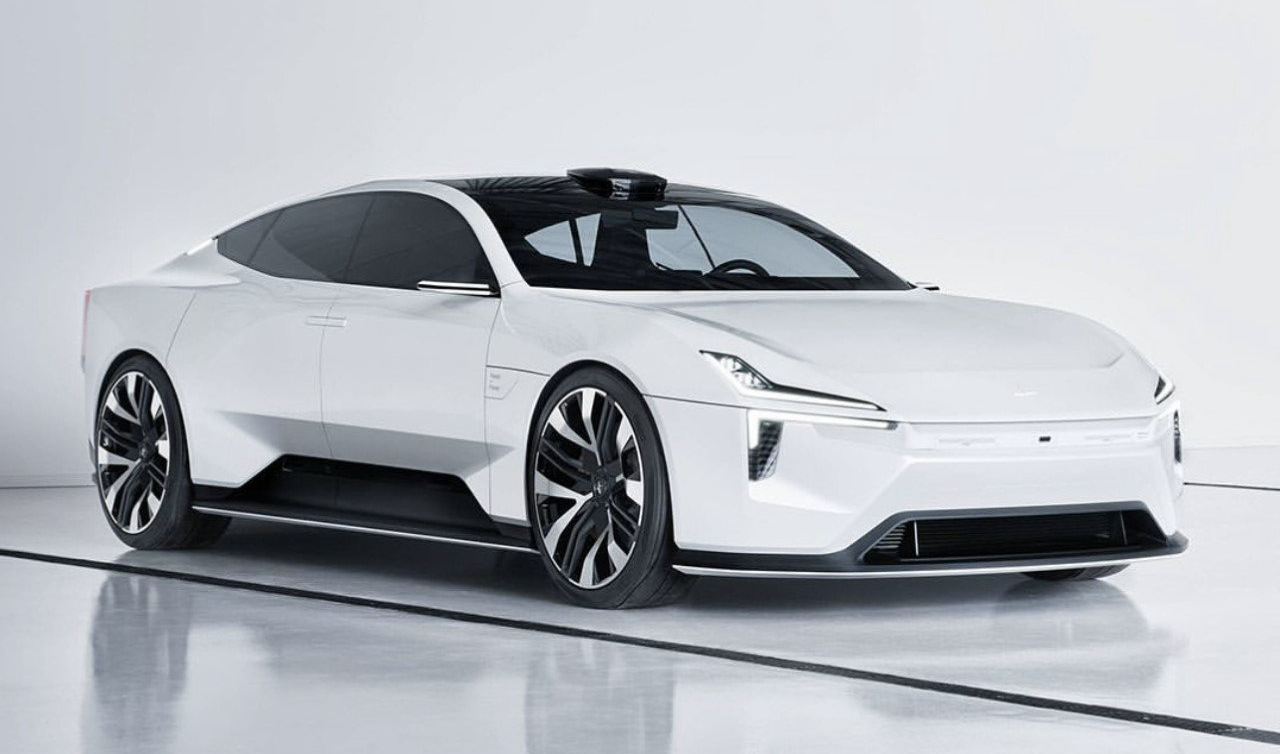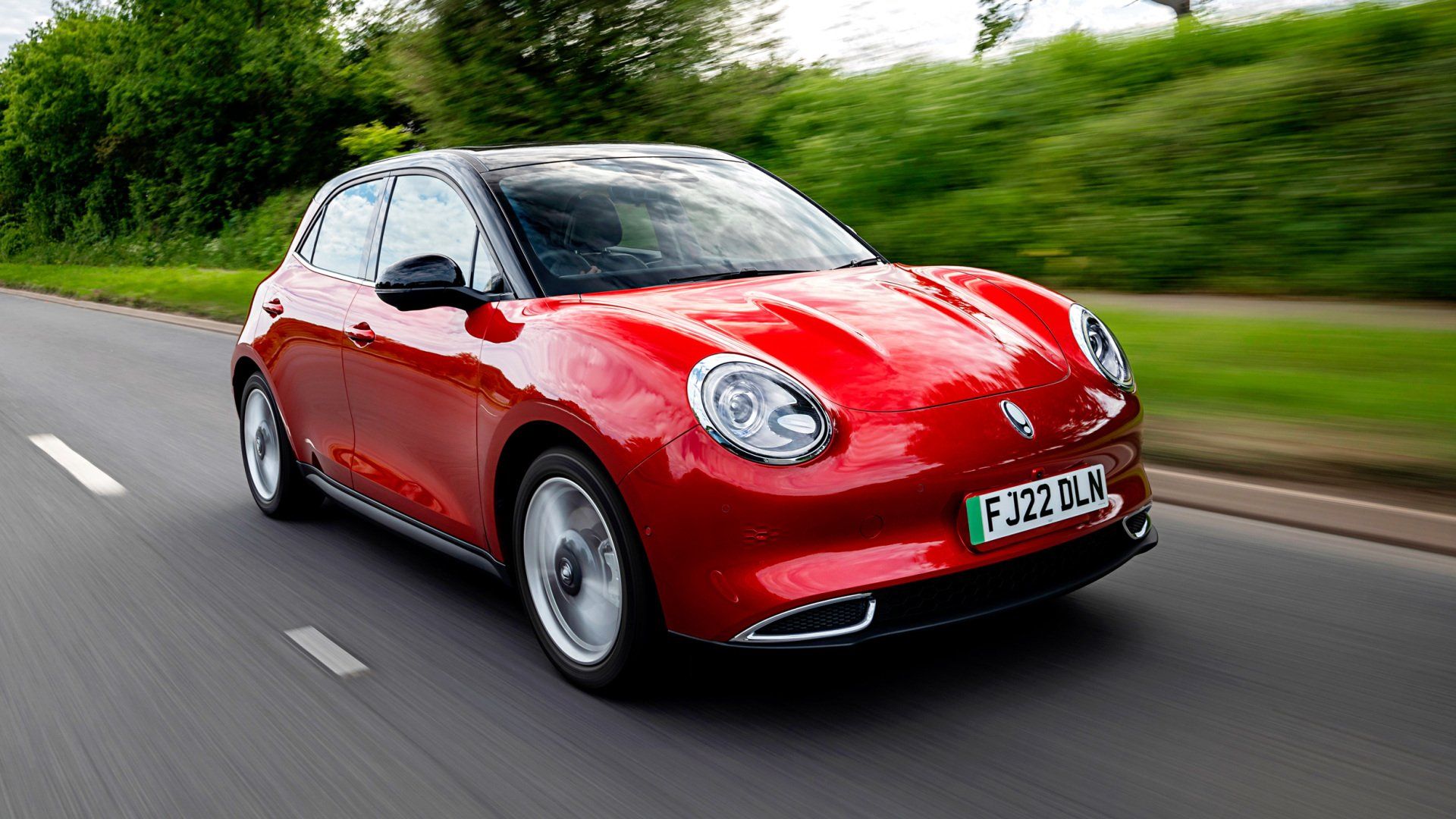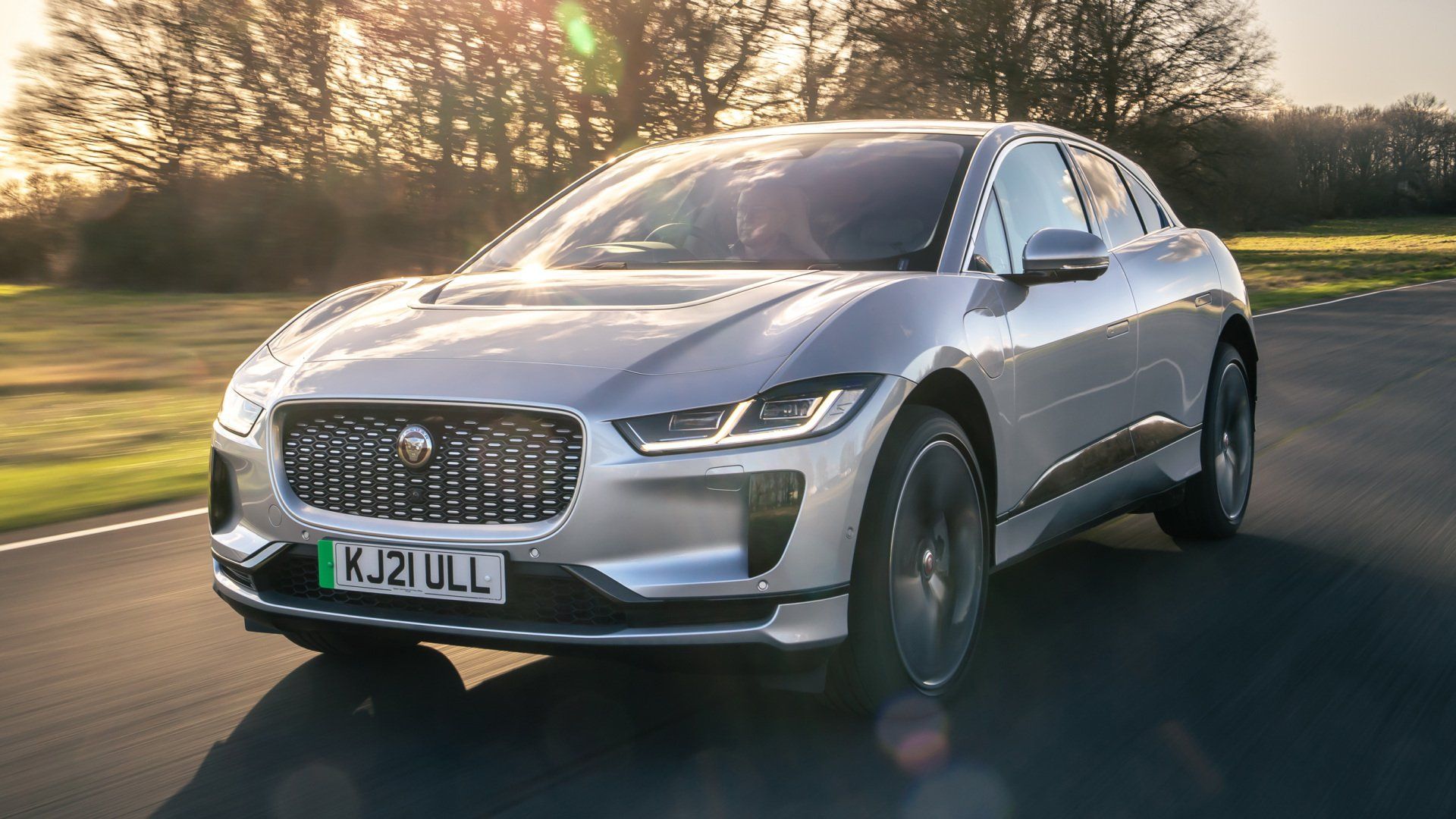The Future of Polestar Electric Vehicles

The Polestar Precept the near future of automotive.
The Polestar Precept
"Not a concept car, but a statement car" - Polestar
‘Precept’ meaning a general rule intended to regulate behaviour or thought.
This is exactly what Polestar intends to do with its next generation of electric vehicles following the same design rules put in place by the new Polestar Precept. Polestar doesn’t like calling this electric car a concept, rather it’s a promise and they have confirmed will be going into production.
Polestar Precept is the embodiment of Polestar’s ambitions for design, technology, and sustainability. Intended to all be implemented in the Polestar 5 set to be launched in 2024.
There is little to no info released on how the vehicle will drive. With no targets on the range or speed of the vehicle been released. But it's expected to go head to head with the likes of The Porsche Taycan, Audi E-Tron GT, and Telsa Model S. So it should be fast and capable of going long distances.
Polestar Precept EV features we know about:
Looking at the vehicle it has a very sleek design and may be the most beautiful electric vehicle we have ever seen. Long swooping lines, muscular haunches, sharp creases, 3.1-meter long wheelbase, and a low roofline with 22-inch wheels. This vehicle has all the general proportions of a supercar. But can we expect the speed of a supercar?
When talking speed and range of any electric vehicle, aerodynamics play a big part. The aerodynamics of the Polestar has some clever innovative touches. A hole in the bonnet of the car creates a space for free-flowing air to pass through and channel the air over the surface of the car minimalizing drag, in theory, increasing range.
Electric vehicle sustainability, wing mirrors replaced by cameras, and huge smart tech!
The all-electric ‘Precept’ has ditched traditional wing mirrors for cameras that somewhat resemble fins. They not only look super cool but aid this electric vehicle's aerodynamics by reducing wind drag.
You may also notice the slight change in the classic front lights design shared between Polestar and Volvo often referred to as Thor’s hammer now split into two separate lights. It may seem insignificant but makes quite the difference looks-wise. It also shows that Polestar is making that step towards separating Itself from the Volvo comparisons.
The exterior roof of the car features a lidar sensor pod that works in conjunction with the “smart zone” at the front and sides of the car with the intention that this electric vehicle will have a good visual awareness of its surroundings and should facilitate autonomous driving.
The lower section of the front almost resembles the same look as carbon fiber but is made from Flax which is a plant material that is commonly used to make linen. Another step in Polestar’s venture in embracing sustainable materials.
The utilisation of sustainable materials is a step toward a cleaner greener future for the world alongside the world's move into EVs.
For more electric vehicle news and help with your home ev charger installation please visit our website at https://www.car-charger.uk
Car Charger UK News Blog

We're here to assist with EV Charger installations 7 days a week.
Location
Commercial house,
2/2a Newman Road
BROMLEY
BR1 1RJ
hi@car-charger.uk
Call
03332424041
All Rights Reserved |



